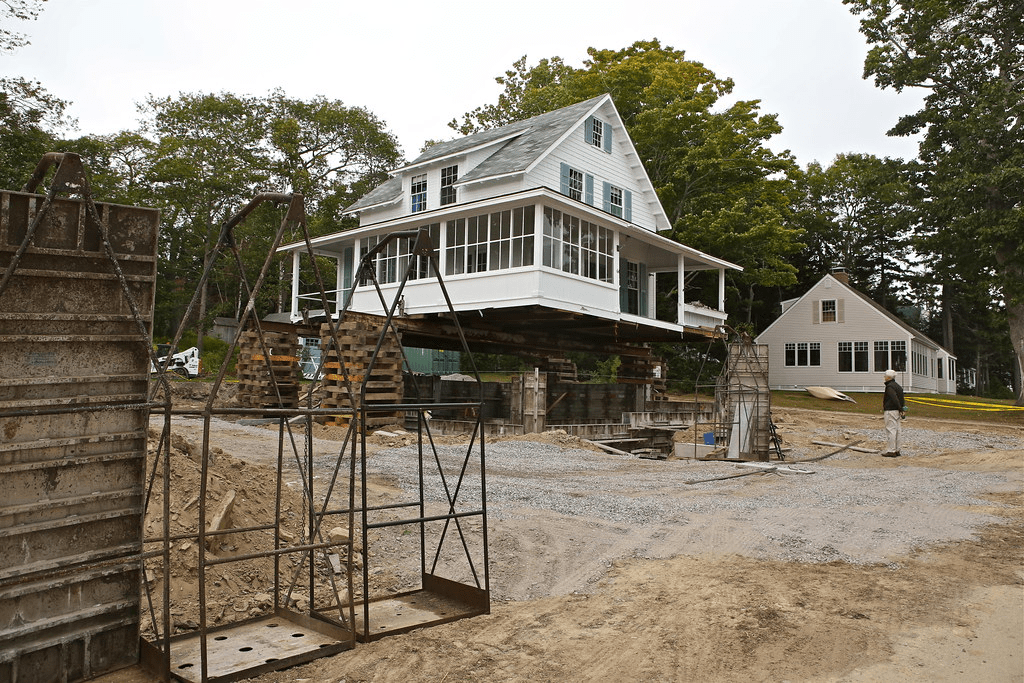Table of Contents
When the floors start sloping in a direction and there are cracks in the walls, it is an indication that the house requires restumping your house. Now, you might be familiar with the basic idea of restumping, but unaware of the finer nuances of the process. For instance, you might not be sure of your financing options or the costs of restumping. In fact, how would you even know that your house needs urgent restumping your home?
Restumping your house is a major decision that certainly does not come cheap, especially if the present stumps warrants a complete restumping. So, make sure you know all the facts before proceeding. On that note, read on to know the most important aspects of restumping a house in your area.
What does restumping your house mean?
Restumping is about installing new stumps under the house in place of the old ones. A house might demand full restumping or partial replacement of the stumps. Typically, restumping is about changing the damaged timber stumps. The stumps might have been a victim of termite damage or rotting, with galvanized steel, concrete, and rot-proof timber stumps.
Now, restumping is usually a major home improvement as stumps lend support to the complete structure of a house. It is worth mentioning that when the stumps are not fixed, they can damage the whole structure of the house. Eventually, the house will collapse either completely or partially.
How can the process of restumping be described?
Typically, the beginning of restumping involves inspection regarding which stumps demand replacement. Decays and damages are identified on the stumps. The professional also tries to note the level of the floor at the initial stage of the restumping process.
Before they start their work, the professionals from the company will also check the soil below the house. There is an engineer in the team who assesses the depth to which the stumps should go based on soil conditions. It might help in avoiding future problems.
Then, the next step is to get rid of the damaged stumps under the house. After this, the remaining holes for the stumps might be reused, or more digging might be necessary if the stump holes are not too deep.
Finally, the professionals will position the new stumps to make sure the house sits level. After the installation of the new stumps, the house will be carefully lowered on those stumps and secured.
Six factors impacting the price of restumping your house
Along with major cost fluctuations caused by supply chain problems and other disruptions because of the current pandemic scenario, the factors impacting the final reblocking service costs can involve:
Total number of stumps replaced
It is important to factor in the cost of each stump. The average price of each stump can be $500 or more.
The material used in the stumps
Generally, the galvanized steel stumps are the most expensive choice. But these are a low maintenance choice that usually lasts for a long duration. Now, on the other hand, the cheapest option is the timber stumps. These are way more affordable than the concrete stumps, though they usually do not last that long.
The space below the house
Now, the lower a house is to the ground surface, the harder it gets for the builders to gain access to the stumps below it. There are situations where workers might need to excavate or lift the floorboards to restart the house, which adds to the cost involved.
Condition of the soil underneath
Poor and deteriorating soil conditions can make the process of restumping costlier than usual.
The present foundation of the house
If the present foundation is possible to be reused, it might lessen the costs and time.
Present stump holes
At the same time, if the present stump holes remain reusable, it can help save money and time because it would mean the professionals will not have to dig too deep.
The popular finance options to restump a house
Before hiring a professional for the job, think about all the available ways to pay for the renovation for restumping of the house. Based on your condition, some of your options are as follows:
- You can always use your savings to restump your house. You can use your mortgage offset account or redrawing facility in case you have one on the home loan.
- Initiate a credit loan line
- Opt for home loan refinancing to obtain more amount
- Application for new loans: Leverage a construction loan or apply for a personal loan based on your circumstances. However, taking a loan would mean having a high credit score, so check that beforehand.
How to figure out if the house requires new stumps
Along with deteriorated or visibly rotten stumps, there are more signs to tell you that the house might need restumping, and they are:
- Uneven or sagging floors
- The floor has a greater slope in a direction
- Cracking exterior and interior walls
- Windows and doors sticking and not closing and opening properly
- Floors start feeling bouncy or spongy underfoot
The total time is taken to restump any house
The total time needed to restump a house depends on a couple of factors, which include whether you’re partially or completely restumping the house.
Typically, a complete home restumping project will take seven to nine days on average, based on the house size. When just a couple of stumps are replaced, the work can be completed within about one to three days. When present batons or palings need fitting or any taps or conduit need refitting, some of the professionals might even offer this service.
Also, as mentioned before, the current scenario has brought forth supply constraints and that can mean it is going to take longer for any builder to source the right labor and materials for the job.
Endnote
Now that you know all about the crucial facts of restumping, it is time to look for a reliable company for the job. Make sure you check the market reputation and previous work done by the company before hiring them.




